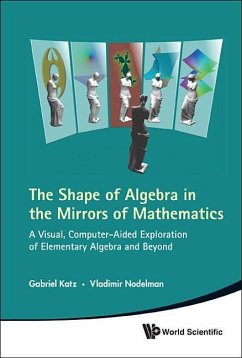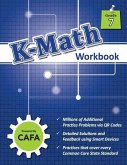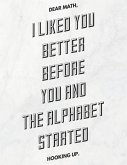The Shape of Algebra is the authors' attempt to share their mathematical experiences with readers who have more than a passing interest in mathematics, but have only a traditional exposure to elementary algebra. Secondary school and college teachers and students who want to expand their horizons in the field will find a fresh presentation of familiar concepts and some unexpected results. This book serves as a text for an "appreciation" course in modern mathematics designed for non-mathematics majors or for first-year students who are considering the possibility of studying mathematics or related disciplines. It can also serve as a source of computer-supported activities that could supplement traditional courses in algebra, multivariable calculus, and complex variable. This book gives the reader a sense of the visual nature of mathematics. Mathematical experiments with universal mapping software VisuMatica, designed by Vladimir Nodel'man, form the very core of the book. Readers are encouraged to reproduce, play with, and expand on these experiments. Numerous problems are interspersed throughout the text to guide the reader. Our treatment of standard algebra is visual and computational. By introducing visual computational environments like VisuMatica, our book promotes this geometric approach to algebra and makes it accessible to readers a great deal earlier. The book will enable our readers to approach its content on three levels: the first one which requires only some fluency with elementary algebraic manipulations; the second one which also presumes familiarity with the notions of derivatives and tangent lines to plane curves, and the third one which uses some basic concepts of multivariable calculus. All three levels are clearly marked in the text, and will allow for a smooth reading and virtual experiments, regardless of the level that our readers will find comfortable.








